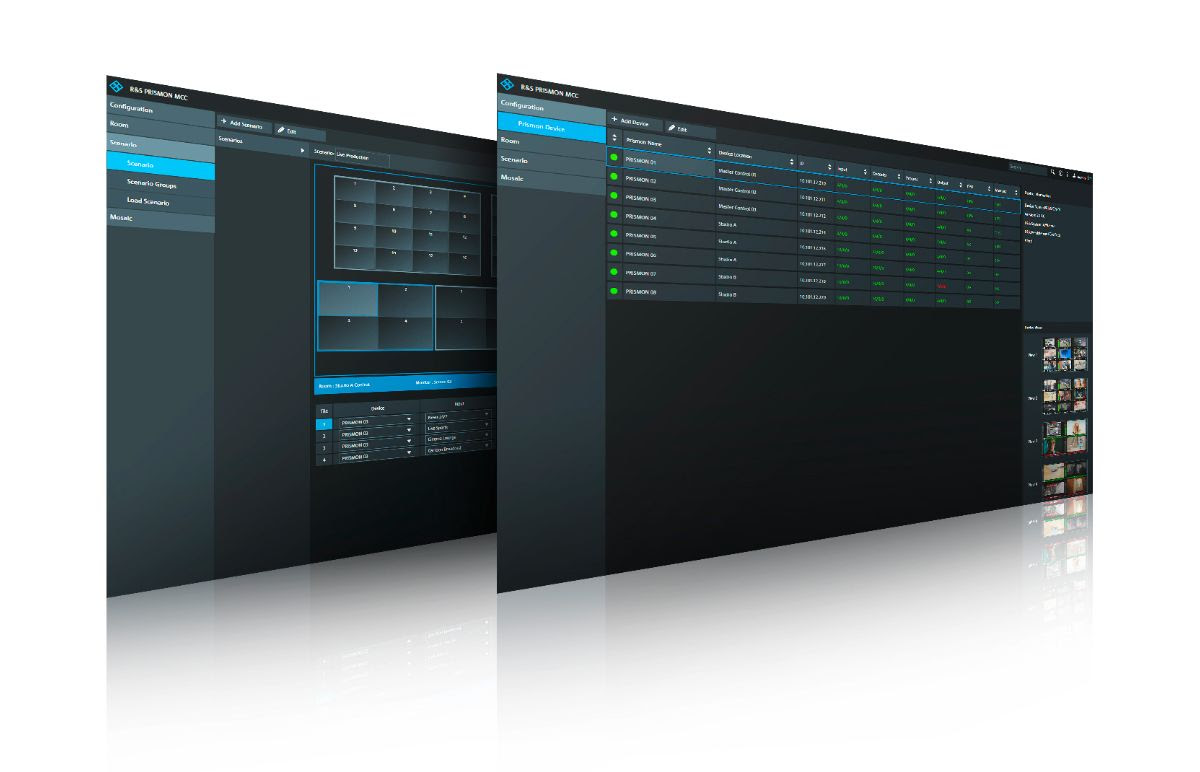R&S Introduces Multiview Control Center Option For Prismon
MCC makes it possible to control a network of multiviewers from a single location

MUNICH—Rohde & Schwarz today announced new functionality for its R&S Prismon multiviewers with the addition of Multiview Control Center (MCC).
With MCC a network of multiviewers can be controlled from a single point. MCC’s automation support enables instant reconfiguration of multiple displays, the company said.
Prismon, a software-defined multiviewer architecture, is designed for IP-based studio production and playout systems. It supports UHD streams for displays and for streams within mosaics.
Its scalable, distributed multiviewer functionality enables any-input-to-any-output connectivity through IP proxy networks. Prismon can share resources across a network, giving users the ability to view multiple Ultra HD inputs—beyond the decoding capacity of a single system, Rohde & Schwarz said.
The new MCC single-point control functionality also encompasses associated decoders and encoders, which together with its automation support makes it simple to change studios and control rooms when on-air personalities frequently change, such as in news and sports programming, it said.
MCC has already been deployed by a playout specialist in Europe, the company said.
“Prismon is already a popular choice for multiviewers in major installations, because of the flexibility and cost efficiency it brings,” said Andreas Loges, vice president Media Technologies at Rohde & Schwarz. “Following conversations with our users, it became clear that they sought the ability to use that flexibility to allow facilities to be reconfigured quickly, accurately and easily. MCC is a direct result of those discussions.”
Available as an option for Prismon, MCC is subject to a separate license. Version 1.0 of MCC was released in April. Version 1.1 is expected this month.
More information is available by sending an email request to the company.
Get the TV Tech Newsletter
The professional video industry's #1 source for news, trends and product and tech information. Sign up below.
Phil Kurz is a contributing editor to TV Tech. He has written about TV and video technology for more than 30 years and served as editor of three leading industry magazines. He earned a Bachelor of Journalism and a Master’s Degree in Journalism from the University of Missouri-Columbia School of Journalism.

